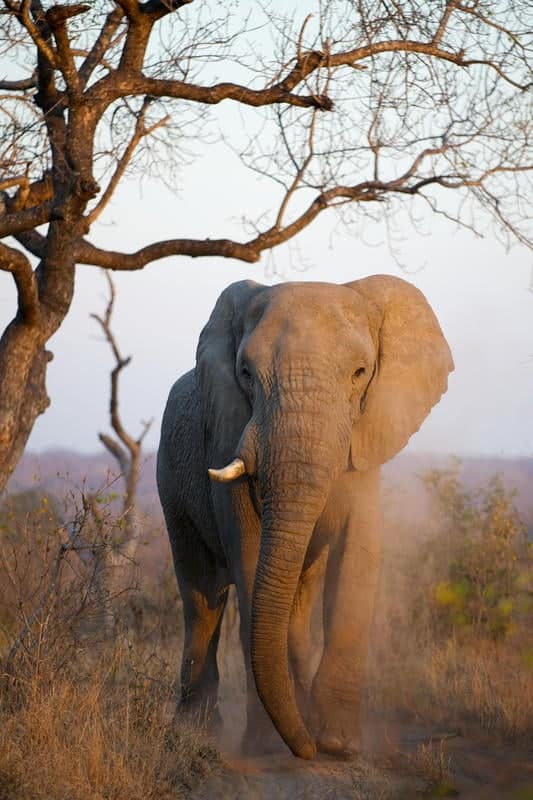Spring arrives a little later in the Kruger, so the flora does not experience a colourful transformation this month. Vegetation is still sparse and colorless after the rainless winter. Temperatures during the day are hot and humid, with little to no rain expected.
At the end of the dry season in September, the vegetation in the Kruger is at its sparsest. For this reason, it’s the best time of the year to visit the Kruger, and any of the large permanent water holes make for good animal sightings. Stick to the southern and central regions for the highest density of animals.
The risk of malaria is low, and you’re likely to find large concentrations of animals at watering holes at this time of the year, but the days are often uncomfortably hot, dry, and dusty.
























